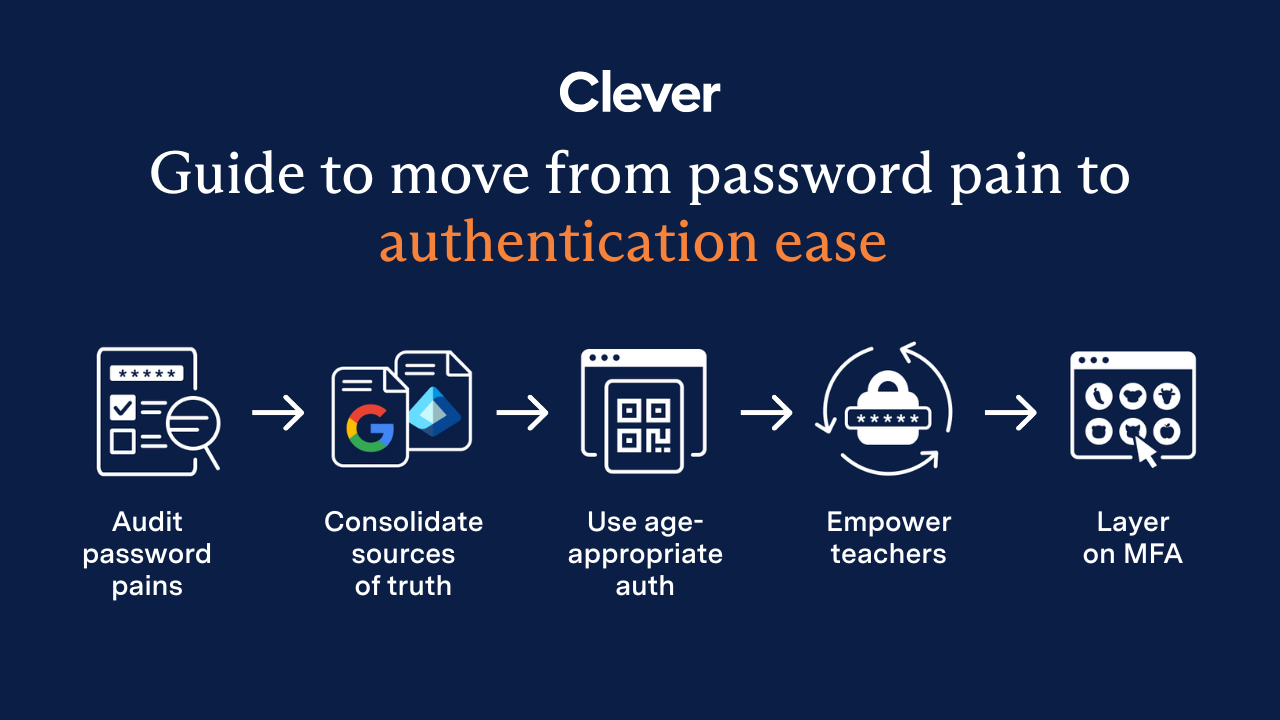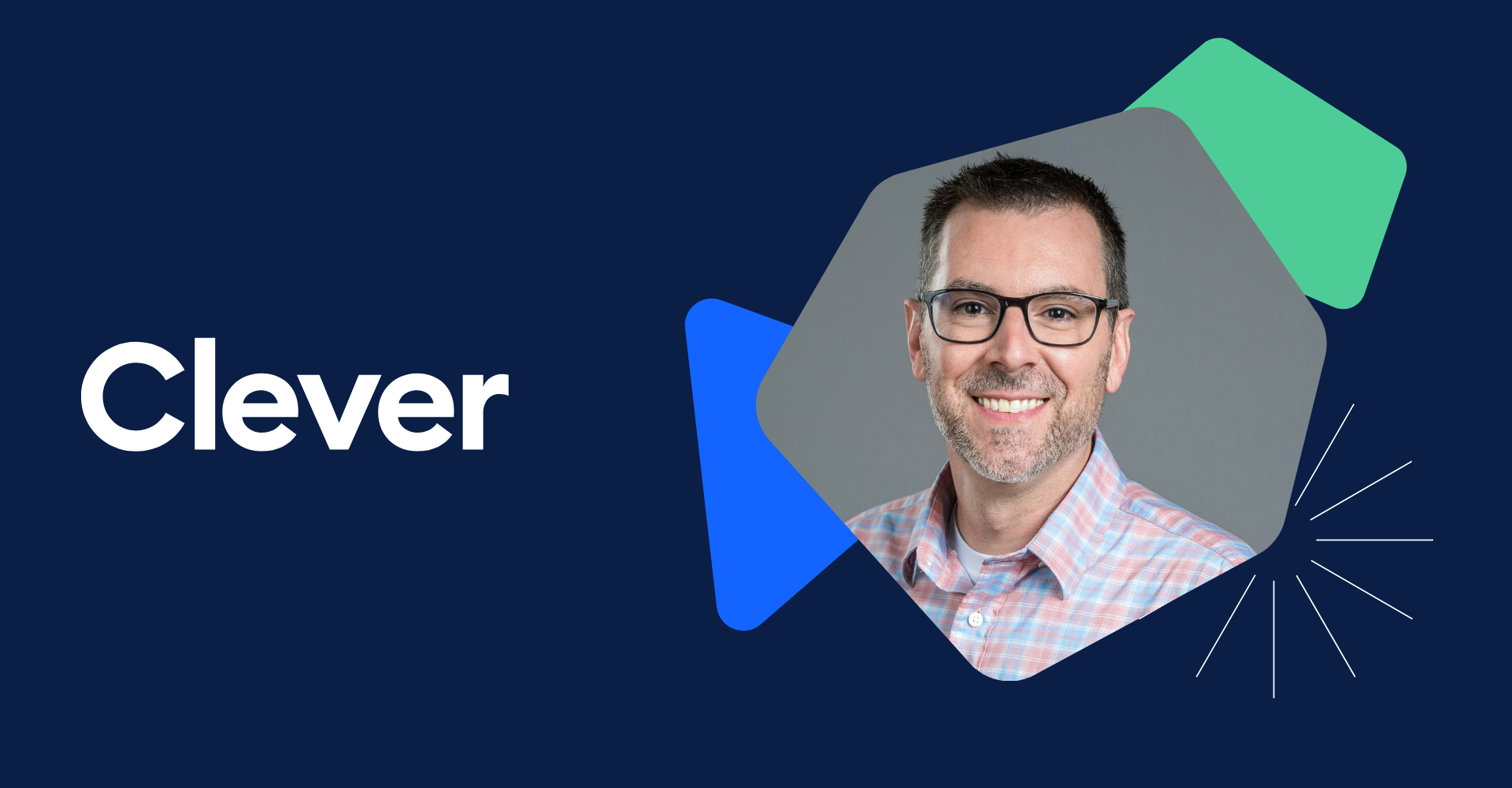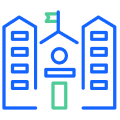Inching our way toward closing the Digital Divide
We hear it all the time: With a good education, every child can fulfill their potential. It’s a noble aspiration for our society.
But the bitter truth is that every kid doesn’t get the chance to be successful in school. This is the achievement gap, where socioeconomic, demographic, and economic factors act as insurmountable barriers to learning.
On top of that, these students often end up on the wrong side of the digital divide, which separates those with access to technology and those without it.
Thankfully, we’re slowly shrinking that chasm with a series of small victories. One example: the recent Federal Communications Commission approval of a broadband subsidy of $9.25 a month for low-income households. The program, called Lifeline, will “help make communications services more affordable for low-income consumers.”
Lifeline is about telecommunications, but its benefits will certainly extend to education. As a NY Times article stated, kids increasingly require high-speed Internet to download files, stream video, perform research and submit homework.
The private sector is stepping up as well. You may know about Google Fiber’s efforts to provide free high-speed Internet for low-income communities. Actually, Google is just one major enterprise (along with Sprint, Cox Communications, Best Buy and others) involved in a program called ConnectHome, an “initiative that will accelerate broadband adoption by children and families living in HUD-assisted housing across the nation.”
Of course, there are a number of nonprofits addressing the digital divide. The Digital Inclusion Fellowship helps build digital-literacy programs in underserved communities. EveryoneON provides a one-stop experience, helping with everything from Internet access to training to extremely affordable refurbished devices — tablets for $150, laptops for $199.
It seems that everyone’s getting involved in the cause. Check out the story of the Chicago rapper who created a challenge to help 4,000 students improve their digital skills. And Vanderbilt University Medical Center donated 3,800 computers to low income families.
It’s encouraging to see our major institutions — government, business, nonprofit, education, even entertainment — pitching in to get technology to those who need it most. Just like during the civil rights era of the 1950s and 1960s, we’re all coming together for the common good.
But will we keep moving less-privileged students toward the brighter side of the divide?
In a Pew Research study about what looms in our digital lives, technology specialists had mixed predictions.
According to the study, “experts foresee an ambient information environment where accessing the Internet will be effortless and most people will tap into it so easily it will flow through their lives ‘like electricity.’”
One of the panelists gave a powerful example of how that environment would help humanity: “As more of the global population comes online, there will be increased awareness of the massive disparities in access to healthcare, clean water, education, food, and human rights.”
Another panelist wasn’t so optimistic: “The digital divide will grow and worsen beyond the control of nations or global organizations such as the UN. This will increasingly polarize the planet between haves and have-nots.”
Here at Clever, we can’t affect all of the factors that contribute to the digital divide. But we’ll continue to do our part by making education technology easier to use and easier to integrate. That way, schools can focus more on putting technology in the hands of the underserved. These aren’t giant strides, but in the walk across the digital divide, every step is a step in the right direction.

More to read

December 23, 2025
End password chaos: The 5-step guide to secure, age-appropriate logins in schoolsSchool IT departments — take these 5 steps to offload the burden of manual password resets while improving cybersecurity for classrooms.
December 10, 2025
Wonde vs. Clever: 2025 Side-by-Side ComparisonWhen it comes to choosing the right edtech platform for your school or trust, there’s a lot to consider. Can it sync reliably with your Management Information System (MIS)? Support secure logins for every user, on every device? Scale across multiple schools without overloading your IT team? Wonde and Clever are two of the most […]

October 21, 2025
Stop the Sticky Notes: Bend-La Pine’s Simple, Secure Fix for Substitute Teacher AccessRobbie Faith, an instructional technology coach at Bend-La Pine Schools, successfully implemented a Clever feature to streamline secure access to digital resources for short-term substitutes, leading to more effective sub planning for teachers, increased confidence for subs, and more consistent learning for students.


















